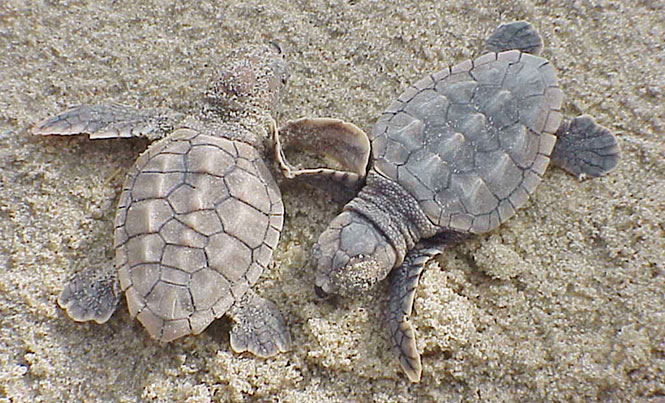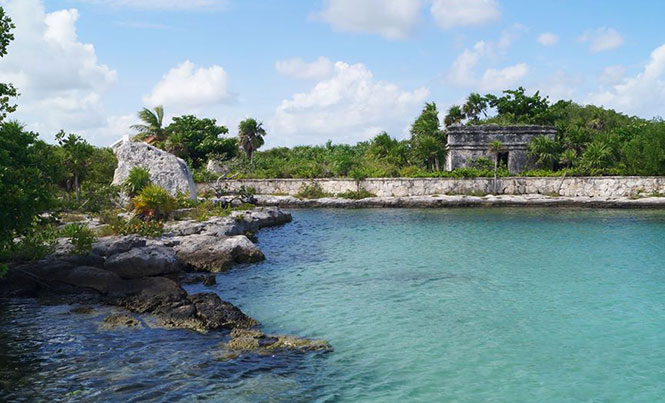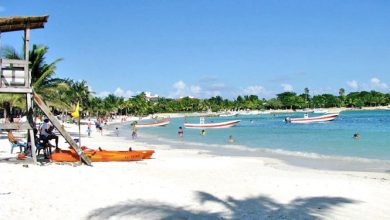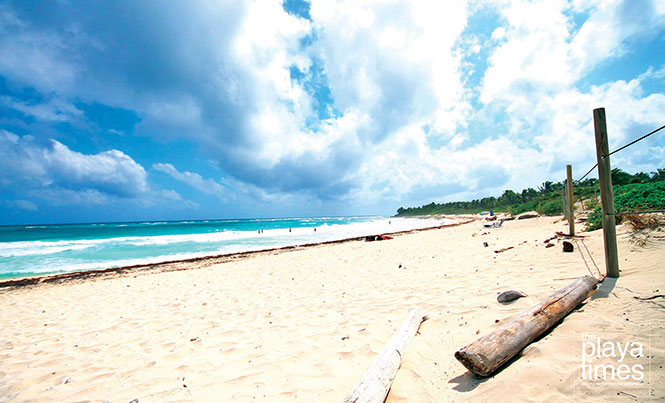World Turtle Day

]Aesop’s tortoise has nothing on our beloved Riviera Maya turtles, and with their nesting season on our beautiful beaches starting in June, World Turtle Day could not be coming at a more appropriate time. World Turtle Day is held on May 23 and sponsored by American Tortoise Rescue. Its purpose “is to bring attention to the protection of turtles and tortoises and their disappearing habitats around the world, increase knowledge of and respect for them, as well as encourage human action to help them survive and thrive.” Celebrations range from dressing up, wearing green clothes, lesson plans to research activities and craft projects.
Lumbering from the sea, the female sea turtles make massive nests, an awesome sight to behold, albeit from a distance. They return time and time again to the same beaches, crawling to an often previously visited part of the beach and flinging away loose sand with their flippers. The turtles construct a “body pit” by digging with her cupped rear flippers, using them like shovels and rotating her body. When the turtle has finished creating the hole, two to three eggs drop out at a time with a total of between 80 to 120 eggs, depending on the species. She eventually finishes by covering her nest with a mound of sand, after which she slowly but surely makes her way back into the sea.
In most nesting places in the Riviera Maya like Akumal, Tulum, Xpuha and Paamul, lights on the beach palapas are either turned off, dimmed or turned away. The flashlights we use to see this amazing spectacle have blue filters, so as not to disturb these beautiful, and large (up to 250 lb), creatures. The positions of the nests are marked, dated and guarded by volunteers in the community. Try to find yourself in a position to a volunteer assisting in this amazing spectacle at least once in your lifetime.
The most common sea turtle species along the Riviera Maya are green turtles, loggerhead turtles and hawksbill turtles. Let’s make sure that all of us protectors of chelonians unite and make for a safe and fruitful turtle nesting season.






